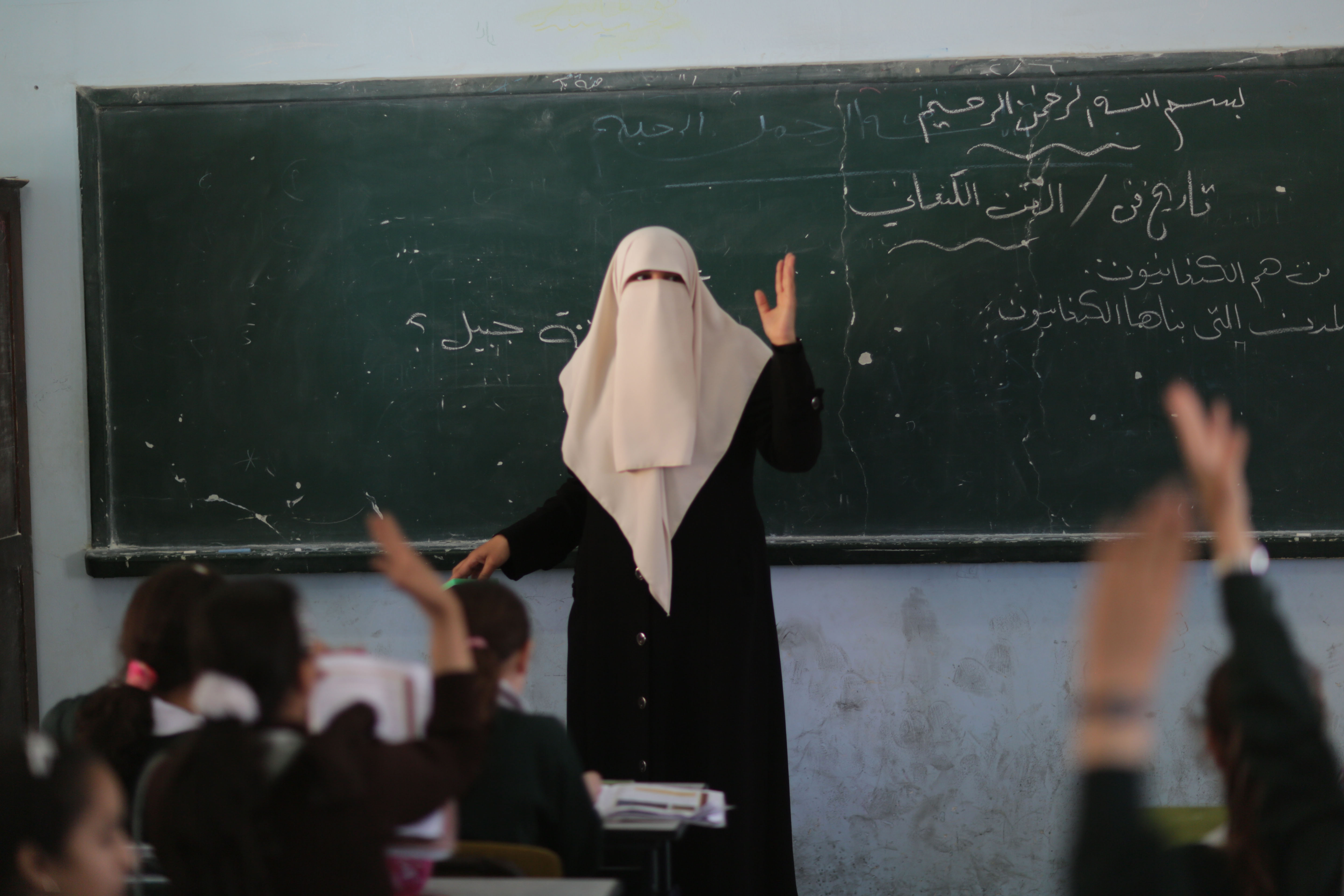Schoolbooks in general are the most reliable indicator of the ideals a society would wish to instill in the minds of the younger generation. In an ongoing conflict, schoolbooks form one of many factors[1] that shape the attitude of school children to the “other” and to peace and, as such, may serve as a powerful tool for nurturing or suppressing belligerent tendencies. The importance of schoolbooks is thus self-evident, and constitutes the rationale behind the research done at the Institute for Monitoring Peace and Cultural Tolerance in School Education (IMPACT-SE).
IMPACT-SE is a non-profit NGO dedicated to the ideal of education for peace, tolerance and acceptance of the “other.” It was established under its former name, the Center for Monitoring the Impact of Peace (CMIP), in 1998 in order to check whether the Oslo Accords between Israel and the PLO had made their impact on the schoolbooks of both parties. It soon started looking into the curricula of other Middle Eastern nations. The Institute has been issuing over dozen reports examining the attitude to the “other” and to peace in close to 1,500 schoolbooks of Israel, the Palestinian Authority (PA), Egypt, Syria, Saudi Arabia, Iran and Tunisia. Most of these reports are available on the Institute’s Web site: http://www.impact-se.org.
The Institute adopted a simple method of research: each book of a given curriculum (which may include over 100 books of subjects such as language, religion, civics, history, geography, etc.) was carefully scrutinized and any material therein dealing with the “other” – especially a rival one – or with issues of peace and war, be it in the form of text, photograph, illustration, map, chart or graph, was brought forth as is, with minimum analysis, so that the material would speak for itself. The various quotations from all the books were organized in chapters according to their specific themes, such as the attitude toward a specific other, the attitude to peace, the attitude toward the Arab-Israeli conflict, etc. This way all references were equally treated, as well as cases of non-reference which are no less important in schoolbook research. Overall analysis of the material was done in the conclusion section of each report. The page-by-page study of every book is time consuming, but the outcome is closest to perfect, as all relevant material gets due attention. So far, no serious attempt has been made to challenge this research method or refute the findings it has yielded.
The criteria for analysis were shaped in accordance with UNESCO’s recommendations and principles.[2] They were formulated in questions such as: Are other peoples, religions and communities recognized and accepted as equal, or stereotyped and prejudiced? Is wording likely to create prejudice, misapprehension and conflict avoided? Do the books promote peace and non-violent conflict resolution? And so on. These criteria are available to everyone for perusal in the introduction section of each report.
- Read full report in PDF, click here.









